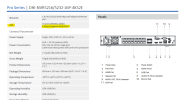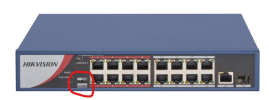I know it'
So, why would I need extended POE? I don't have it on the Lorex NVR and no issuesNo I dont think the FW is compatible between the 2. And you still wouldnt have the extended PoE
Andy may know for certain..



